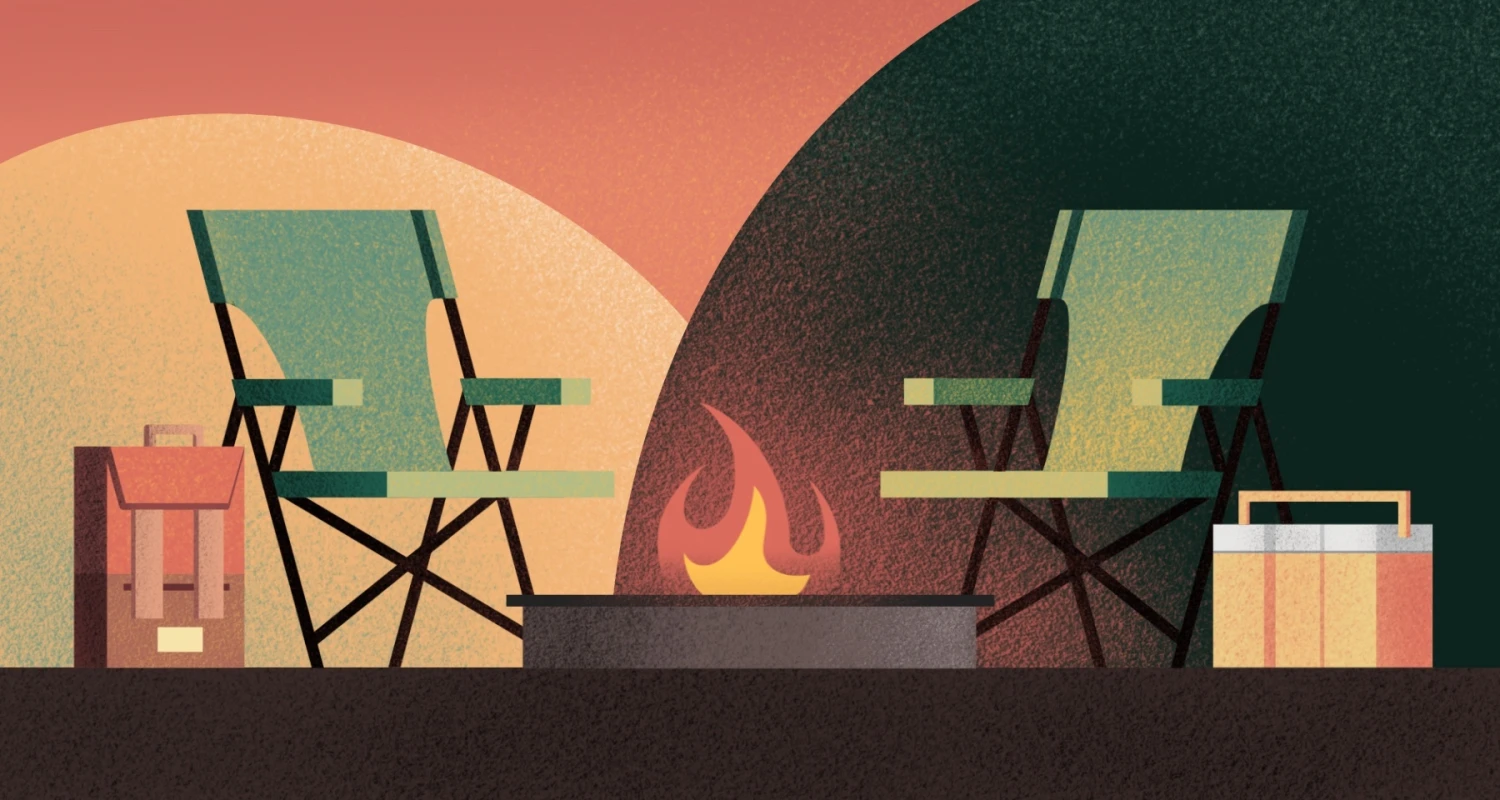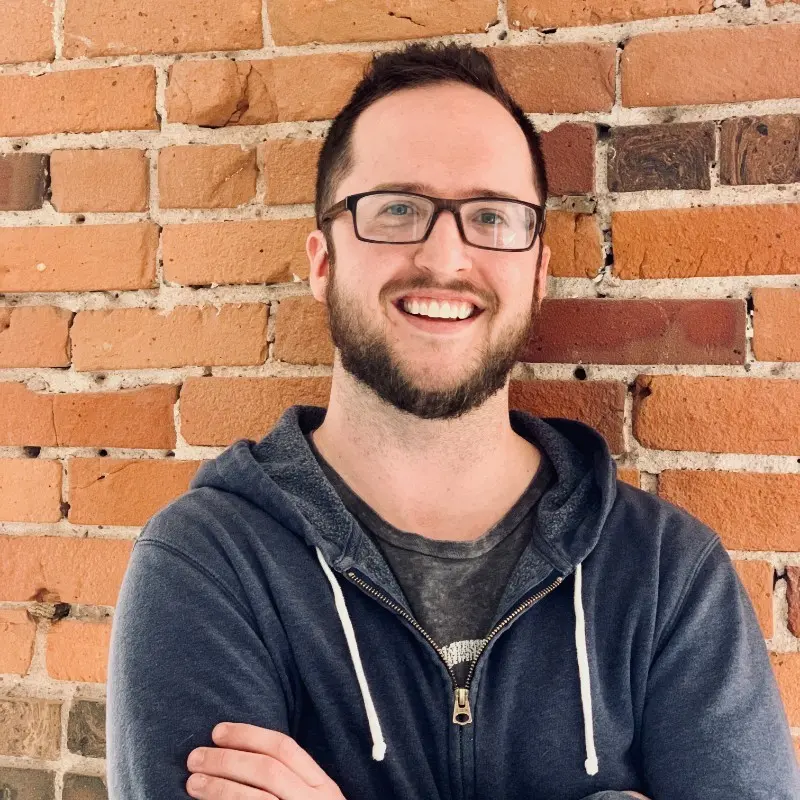This is the first article in an ongoing series about my reflections as a Cisco Secure Design Thinking Practitioner, a space for me to share the humanness that I see playing out at work and to remind us of the importance of creating space for one another.
We are all part of many communities. But it wasn’t until I moved to my current subdivision in Michigan six years ago that I realized what it really meant to be a part of a community.
A newcomer on our street, who was best known as the mom of a friendly Beagle named Simba, was diagnosed with cancer. As word spread of her illness, I suddenly saw people step up to help in many selfless ways: bringing food, taking her to appointments, and caring for her elderly mom.
Most people, myself included, don’t really think about needing a village of people until they need a village of people. A community to care and support you, to step in and make sure you can seamlessly do what you need to do.
The spontaneous give and take that suddenly defined my neighborhood as we cared for Simba’s mom happened without anyone keeping score. We came together for one individual during her time of need and in doing so created a new way of being for our larger group.
We were empowered to be ourselves, to be accepted and supported through the good times and bad.
Similarly, each time that I facilitate a design thinking workshop–which is a human-centered approach to problem solving–I believe the more we can feel comfortable sharing our authentic selves through exchanging ideas and conversation, the more space is made for innovation.
The importance of this stood out to me recently, as I was helping to lead a workshop for a group of engineers. Our aim was to explore effective ways to identify risks. After our first session, it was clear the engineering team wanted to move quickly through ideation and dig into the problem-solving mode.
I was concerned that jumping right into problem solving would create more risks, as had been our previous experience. But I knew that sharing my frustration wasn’t going to create a space for open and genuine idea generation. To focus my intentions, I booked time on my calendar to give myself space to step back and consider a different approach. It was a small moment in my workday, but it led to a big shift in the way I was cultivating community and inspiring our team.
I asked myself how I could refocus the group on our collective intentions to create a shared understanding of risks and discovery. I wrote out my thoughts to be sure I was clear with the team at our next meeting.
This is what I said:

My words created a shift for everyone in the room and opened up a caring space for each person to feel they could contribute. Sharing our authentic selves at work doesn’t always feel comfortable. This moment helped me to realize just how important it is to trust in the spontaneity that arises in the moment even though we don’t always know what the outcome will be.
Just as my neighbors and I did for Simba’s mom, we put our own self-interests aside to focus on the things we all share in common, to be cared for and to care for one another. Workshops are community, and the more that each person in a community feels empowered to share their life experiences and ideas, the more we come together to create beautiful experiences and meaningful products.
How do you cultivate community in your life? I encourage you to reflect on this for yourself — and if you’d like, to share your thoughts on community with me on my LinkedIn page.




